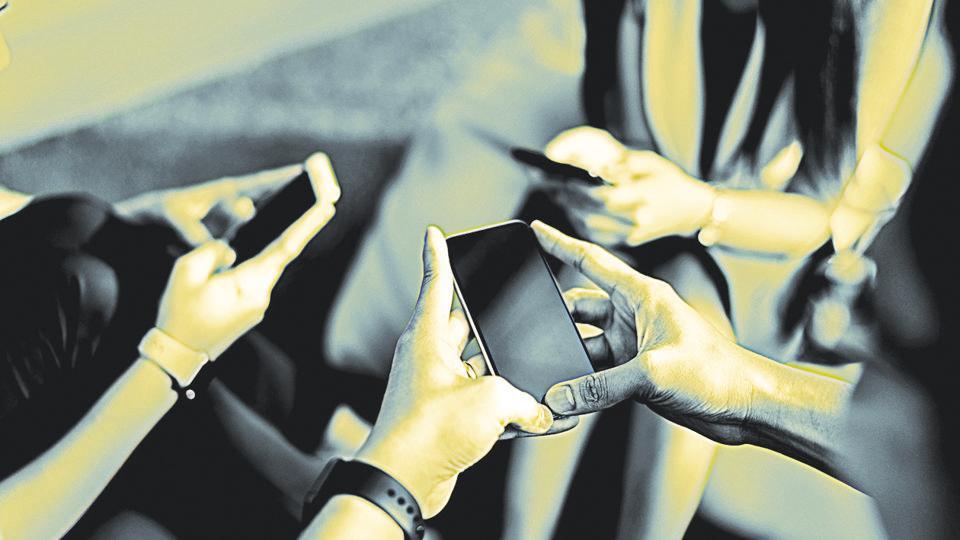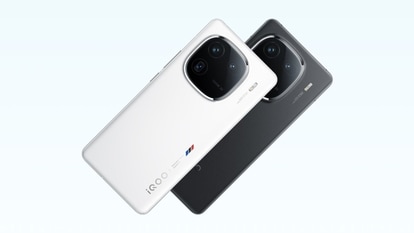Google Voice search adds 8 more Indian languages: 5 times Google customised for India
Google says using voice to dictate a message is up to three times faster than typing. Google’s new feature is available for both Gboard on Android as well as in Search through the Google App.

"Using voice to dictate a message is not just convenient, but it is also up to three times faster than typing. The new language support will also enhance voice typing on Gboard, helping users to respond to emails on the go and send texts within messaging apps," Google said.
It is worth pointing out here that Reliance is also banking on voice, rather traditional typing, for searches. The company's JioPhone, a 4G VoLTE smart feature phone, comes with a dedicated button that allows users to input search queries online through voice.
With more than 300 million smartphone users and 420 million mobile internet users estimated by June 2017, India is now one of the biggest markets for internet giants like Facebook and Google. India, however, presents a unique challenge to all these companies owing to its diverse culture, demographic and geography. Therefore, it's highly pertinent for the technology giants to customise their services and products for Indian users. Facebook, for one, has taken various steps to customise its services for India. For example, it has launched Facebook Lite and Messenger Lite, stripped down versions of the main apps that are aimed at users with older smartphones or poor internet connection.
Google, on the other hand, has also customized a slew of features exclusively for Indian users. In May 2014, the company demoed improvements to its Search that were for Indian users only. The voice search then understood Indian accents better. Google, perhaps, understood banking on the English speaking users to expand locally will not be enough. Over the years, it has added Indian language support in its multiple services like Google Translation, Gboard and Google Maps among others.
This is, however, not the first time Google has rolled out India-specific services or features. Here's a look at the five times the tech giant customised itself for India.
Google introduced Progressive Web Apps to Indian customers struggling with on-board storage on lower-end smartphones. The lack of storage meant many users were not able to download key apps on theiri devices. Progressive Web Apps enabled developers to create an ultra-light weight app that appears on user's home screen without the need for a download from the app store. It also allowed developers to re-engage with users with web push notifications. In 2015, e-commerce giant Flipkart launched Flipkart Lite based on Google's Progressive Web App platform.
According to Flipkart, the move to combine web presence and native app into a Progressive Web App helped a 70% increase in conversions. "With 63% of Flipkart Lite users reaching the site via a 2G network, a fast user experience was essential. To decrease load times, Flipkart added service workers and streamlined the site to help consumers quickly reach the product they are looking for. Users can even continue to browse categories, review previous searches, and view product pages—all while offline," Flipkart said in a blog post.
YouTube Go, YouTube Offline
Google Wi-Fi
Google in September 2015 announced partnership with RailTel, telecom infrastructure providers, to provide internet-access at railway stations in India. According to a recent report, Google extended free Wi-Fi service to 140 stations across India. The company aims to increase this number to 400 by 2018. The report further says that Google provides internet speeds between 20Mbps-40Mbps.


In a bid to help women in rural areas join the digital revolution, Google launched a new initiative called Internet Saathi. Under this initiative, Google, in collaboration with Tata Trusts, provides digital literacy to women, educate them about leveraging technology in a smartphone and the internet. The training involves providing training about as basic as how to search anything online.


According to a BGR India report, the volunteers are provided low-end Android smartphones and tablets from Indian brands like Lava and Celkon along with data connectivity. While the first pilot was launched in July 2015 in Rajasthan, Google earlier this month announced that its Internet Saathi initiative has reached 100,000 villages across the country.
Android One
In a bid to tap the lower spectrum of the smartphone users, in September 2014 Google launched Android One smartphones in partnership with brands like Micromax, Karbonn and Spice. Priced under ₹7,000, these smartphones were promised to receive regular updates from Google. The common features of the phones include microSD card slot, FM radio and dual-SIM support. Unlike Google's other programs, Android One failed to take off in India. The Android One smartphones lagged behind the competition at the time that offered better specifications and features in a similar price bracket.


In the meantime, Google seems to have pulled the plug from Android One. We are not sure if it will stage a comeback any time soon. Google CEO Sundar Pichai, during his visit to India in January this year, had said that the $30 (₹2,000) entry-level smartphones made more sense for the Indian market. "I would love to see cheaper smartphones, entry-level smartphones. I think really we need to bring the prices down even more, maybe at USD 30 level," he had said.
The $30 seems an unrealistic price point at the moment for smartphones, but we can hope Google to have some sort of arrangements with companies like Reliance Jio that are offering much cheaper and smarter feature phones.
Catch all the Latest Tech News, Mobile News, Laptop News, Gaming news, Wearables News , How To News, also keep up with us on Whatsapp channel,Twitter, Facebook, Google News, and Instagram. For our latest videos, subscribe to our YouTube channel.

























